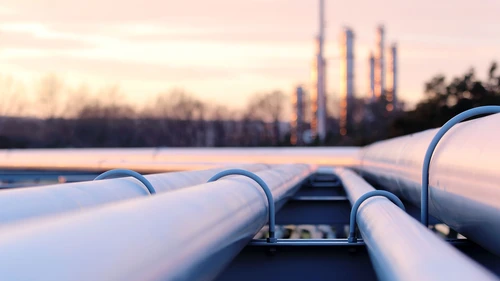
Light duty vehicles, such as passenger cars and vans, are responsible for more than 25% of the global use of oil and around 10% of global energy-related CO2 emissions. In the Nordics it is between 10-20% of total CO2 emissions.
“We see an important role in making a positive environmental impact via our financing activities and accelerating the green transition in society,” says Head of Climate and Environment, Peter Sandahl. “We now have a strong coverage of sector targets, covering the vast majority of our financed emissions from our lending portfolio.”




